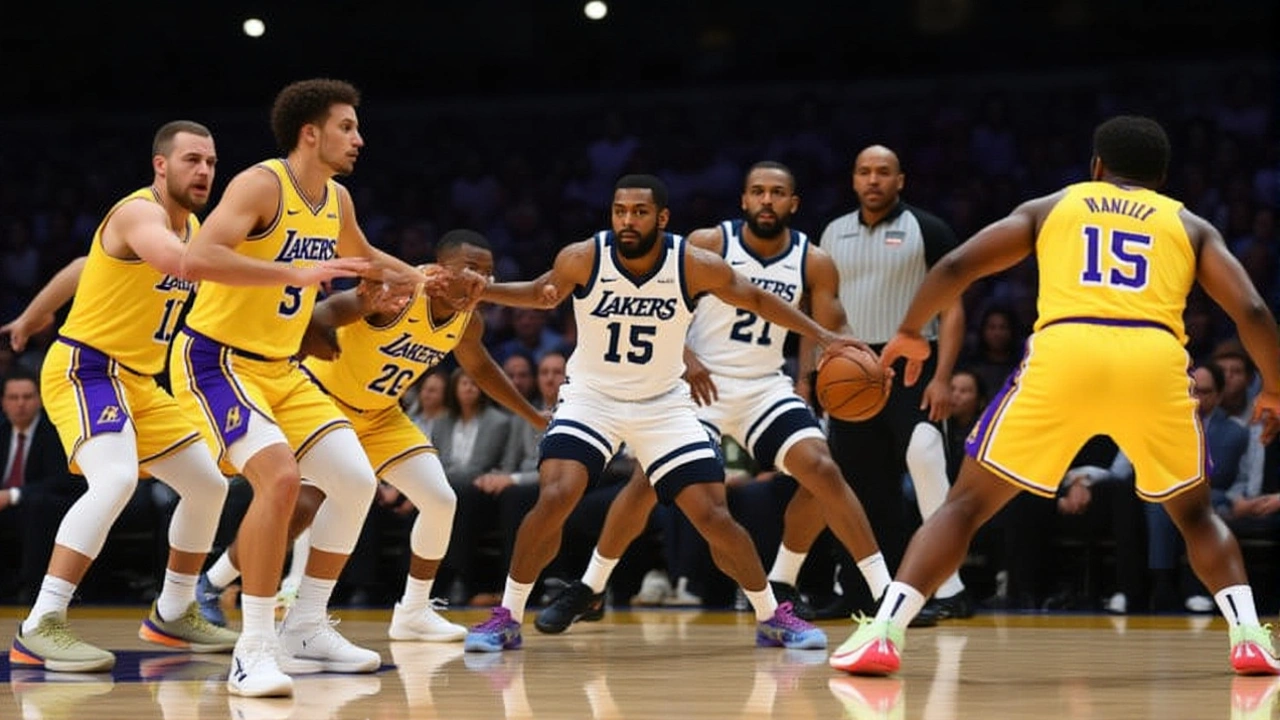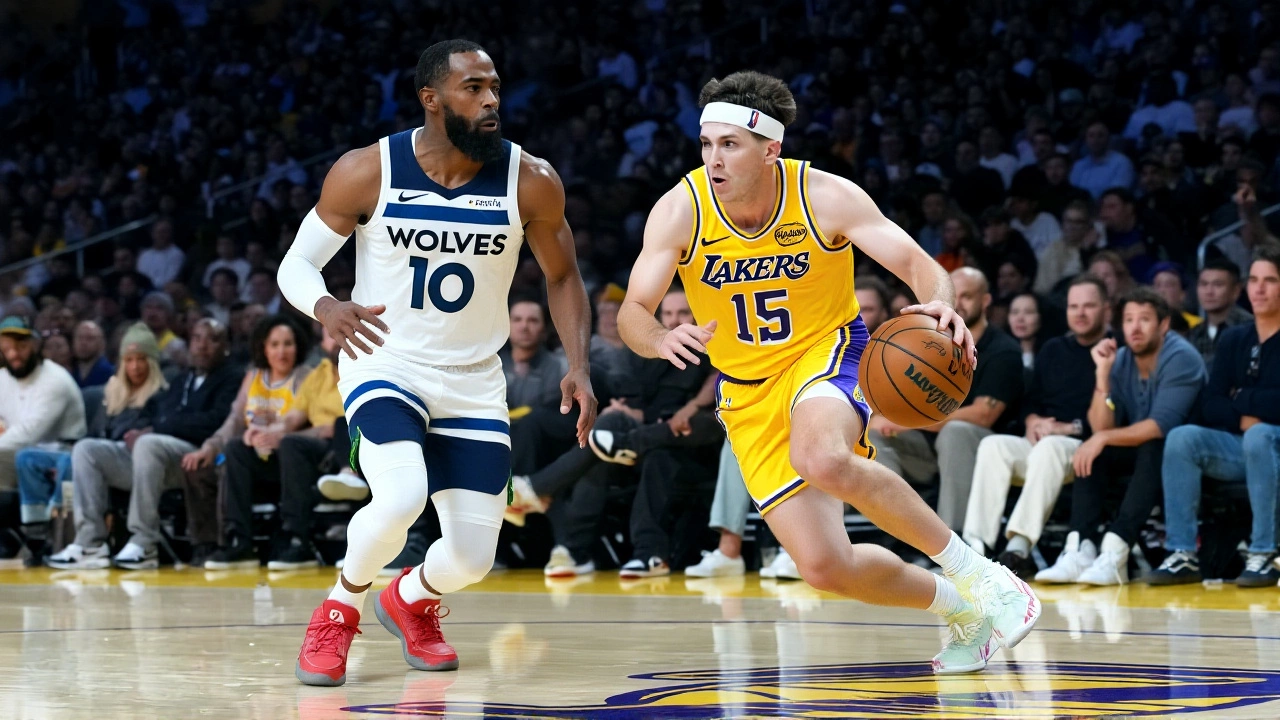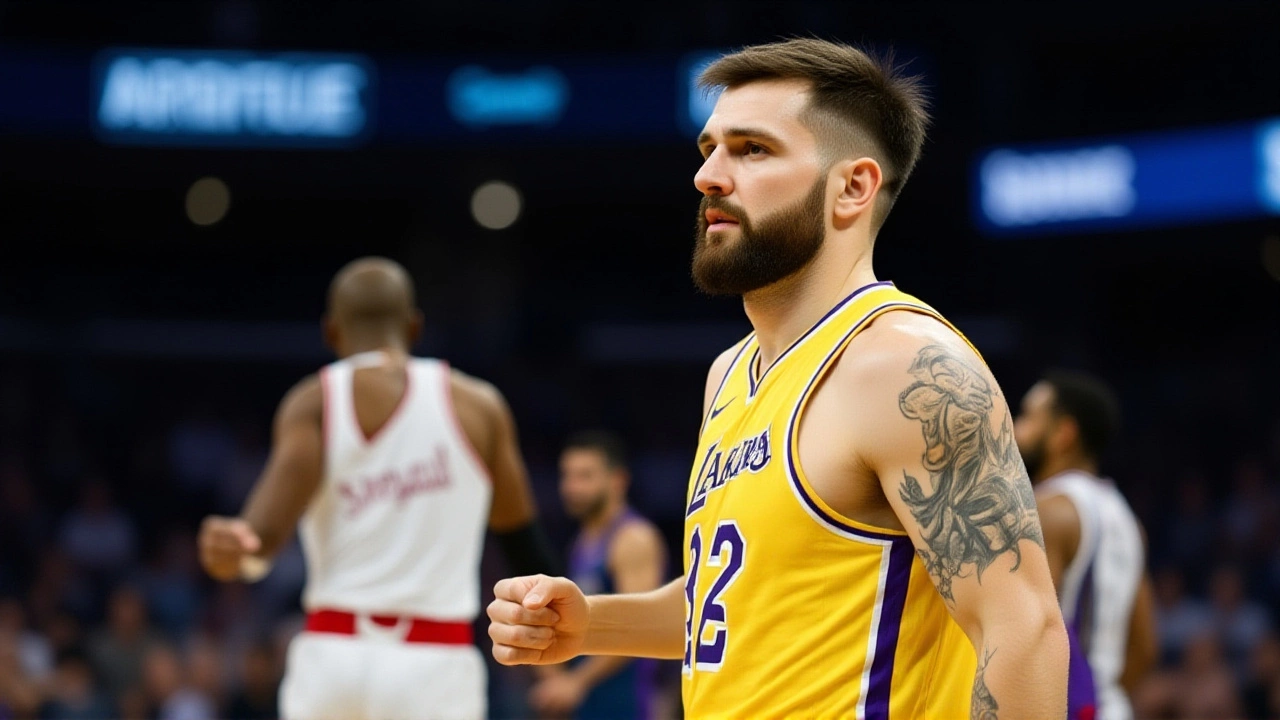When LeBron James steps onto the court for the first time this season, it won’t be the opening night spectacle fans expected — it’ll be a quiet return in mid-November, after a six-week battle with sciatica. The news, confirmed by Shams Charania of ESPN on October 15, 2025, dashes early championship hopes for the Los Angeles Lakers, who are already navigating a nightmare of injuries just seven games into the 2025-26 NBA season. At 40 years old, James isn’t just playing through age — he’s playing against it. And right now, his body is forcing him to pause.
A Franchise on Life Support
The Los Angeles Lakers opened the season 3-2, a respectable start under any circumstances. But here’s the twist: they’ve done it without their captain, their engine, their gravitational center. And they’ve done it while losing Luka Dončić (finger and leg injuries), Marcus Smart (quadriceps strain), Gabe Vincent (ankle sprain), and Maxi Kleber (oblique strain) — all within the first three weeks. That’s five starters out or limited. The team’s medical staff, led by Dr. Steven Yoon, is working overtime at the UCLA Health Training Center in El Segundo, California, trying to keep the ship from sinking before it even leaves port.It’s not just the number of injuries — it’s the timing. The season tipped off on October 22, 2025. James was expected to play. Then, on October 9, the Lakers quietly announced a 3-4 week absence. Now, it’s stretched to six. That’s not just bad luck. It’s a systemic vulnerability. And it’s testing the depth of a roster built for contending, not surviving.
Coach Redick’s First Real Test
JJ Redick wasn’t supposed to be the guy holding this team together in Year 1. He’s a former sharpshooter turned analyst turned head coach — a brilliant tactician, yes, but unproven under pressure. And this? This is pressure. With James sidelined, Redick has had to turn to role players like Austin Reaves and D’Angelo Russell to carry the offensive load. He’s shuffled lineups like a poker player with a weak hand. And somehow, it’s working — barely."We’re not making excuses," Redick said after a narrow win over the Phoenix Suns on October 28. "We’re just trying to play the next game. That’s it. The season’s long. We know what we’re capable of. But we’ve got to get healthy first."
That’s the mantra now: survive until healthy. The Lakers aren’t panicking — not yet. But behind closed doors, the front office is already reviewing their roster construction. The team’s payroll is top-heavy. James, Dončić, and Smart are all max-contract players. When three of them are out simultaneously, the bench has no margin for error.

The Sciatica Factor
James’ sciatica isn’t just a backache. It’s a nerve issue radiating from his lower spine through his glute and down his leg — a condition that can flare up without warning, especially in athletes who’ve logged over 57,000 career minutes. The Lakers’ medical team, under Dr. Steven Yoon, has opted for a conservative approach: rest, physical therapy, and no rushing. No spikes. No scrimmages. No return before the nerve fully calms.That’s smart. But it’s also scary. James hasn’t missed more than six weeks since 2018. Now, he’s facing his longest absence in 22 years. And with every missed game, the risk of rust — or worse, re-injury — grows. The team’s schedule doesn’t ease up. After a home game against the Golden State Warriors on November 1, they face the Denver Nuggets, the Phoenix Suns, and the Milwaukee Bucks in a brutal five-game stretch. If James returns on schedule, he’ll be walking into a firestorm.
Who’s Next? The Ripple Effect
The Lakers aren’t the only ones feeling the strain. The entire Western Conference is watching. The Denver Nuggets, Phoenix Suns, and Oklahoma City Thunder are all in the thick of the playoff race. Every win the Lakers lose now is a win for someone else. And with Jeanie Buss — the controlling owner — known for her aggressive pursuit of titles, the pressure is mounting behind the scenes.Even the broadcast team at Spectrum SportsNet LA has changed its tone. Instead of hype reels, they’re running features on depth charts and injury histories. Mike Trudell, their senior reporter, has been fielding calls from fans asking: "Is this the end of the James era?" The answer? Not yet. But it’s the most vulnerable it’s been in a decade.

What’s Next? The December Deadline
The Lakers’ season will be defined by one date: December 25, 2025. That’s Christmas Day. That’s the game against the Boston Celtics at TD Garden in Boston. That’s the NBA’s biggest stage. If James is back by then — and if the Lakers are still in the top four of the Western Conference — they’ll still be title contenders. If not? The narrative shifts. The window narrows. The question changes from "Can they win?" to "Can they even stay relevant?"For now, the Lakers are playing like a team with nothing to lose. But they know better. They’ve been here before — in 2021, when James missed 20 games and they missed the playoffs. History doesn’t repeat. But it rhymes.
Frequently Asked Questions
How long is LeBron James expected to miss, and what’s the medical reasoning behind the extended timeline?
LeBron James is now expected to return around mid-November 2025 — approximately six weeks after his initial injury announcement. The extended timeline reflects the nature of sciatica, a nerve irritation that requires more than just rest; it demands full neurological recovery to prevent recurrence. The Lakers’ medical team, led by Dr. Steven Yoon, is prioritizing long-term health over short-term returns, especially given James’ age and mileage.
Who’s stepping up in James’ absence, and can they sustain it?
Austin Reaves and D’Angelo Russell have shouldered the offensive load, averaging 24.3 and 21.1 points per game during James’ absence. But sustainability is questionable. Reaves is playing 37 minutes a night — his highest ever — and Russell’s efficiency has dipped under increased defensive attention. The Lakers’ bench, led by Gabe Vincent’s replacement, Jalen Hood-Schifino, lacks playoff experience. Depth is their Achilles’ heel.
How does this injury situation compare to previous Lakers seasons?
The 2025-26 injury cluster is the worst since 2013, when Dwight Howard and Steve Nash missed over 60 combined games. Back then, the Lakers missed the playoffs. In 2021, James missed 20 games and they barely scraped in. This year, five starters are out simultaneously — a first in the modern era. The team’s 3-2 record is a miracle of coaching, not talent depth.
What’s the impact on the Lakers’ championship odds?
Before the season, the Lakers had 12-to-1 odds to win the title. Now, those odds have slipped to 25-to-1, per DraftKings. The Western Conference is deeper than ever, with Denver, Oklahoma City, and Phoenix all strong. Without James at full strength, even a top-four seed feels unlikely. Their best path: survive the first 30 games, hope for health, and make a late surge.
Could the Lakers make a trade before the deadline to address their depth?
They have the cap space and assets, but few teams are willing to trade for Luka Dončić or Marcus Smart’s contracts — both have limited trade value due to injury risk. The Lakers might target a bench shooter or defensive specialist, but major moves are unlikely unless someone else’s star goes down. Their best hope is internal recovery, not external fixes.
What does this mean for LeBron James’ legacy?
This isn’t about legacy — it’s about longevity. James has already rewritten the record books. But how he handles this injury — the patience, the discipline, the mental grind — will define his final chapter. If he returns and carries them to the Finals? He’ll be immortal. If he returns and they fall short? It won’t diminish him. It’ll just remind everyone: even the greatest can’t beat time.
 Oct, 30 2025
Oct, 30 2025
